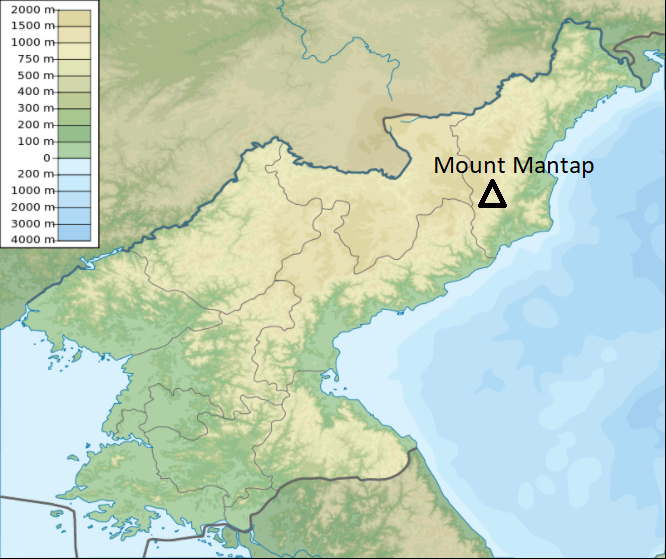Part 2 of 2 parts (Please read Part 1 first)
In a treaty signed in the year 2000, the U.S. agreed to dispose of thirty-four metric tons of plutonium by converting it into fuel called MOX for use in civilian nuclear power reactors in spite of the fact that the U.S had no MOX plants and MOX fuel had never been used in a U.S. reactor. The Russians agreed to dispose of thirty-four metric tons of their plutonium by burning it is a special reactor. The sixty-eight metric tons of plutonium allocated for disposal could make as many seventeen thousand nuclear warheads.
The agreement commits the U.S. to the conversion of the thirty-four metric tons of plutonium into fuel for nuclear power reactors. Plutonium and uranium would first be incorporated into chemical compounds called oxides which cannot be used to make warheads. The oxides would then be mixed to make what is called MOX which stands for Mixed Oxides. The MOX would then be made into assemblies of nuclear fuel rods. Unfortunately, the U.S. attempts to carry out this process have met serious schedule delays and major cost overruns.
There is an alternative method for disposing of the thrity-four metric tons of U.S. plutonium. The plutonium could be mixed with an inert material and stored in dry casks. The casks have an estimated lifespan of about fifty years before they would begin to leak. This alternative is only a temporary one and ultimately the plutonium would have to be buried far underground.
The DoE decided during the Obama Administration that they wanted to shut down the MOX project due to the schedule delays and cost overruns, but Congress did not agree and the project continued. However, the Federal budget adopted in February of this year includes a way to kill the MOX project. If it is found that the storage of diluted plutonium in casks would cost less than half as much as finishing the MOX project, the MOX project will be cancelled. The National Nuclear Security Administration which monitors nuclear sites and materials also favor the use of dry casks to store the plutonium. A NNSA spokesperson said that it would cost billions of dollars less than the MOX project.
The MOX project is located at the Savannah River Site in South Carolina. Lindsey Graham is one of the senators from South Carolina. He has rallied enough support from other Senators to prevent the cancellation of the MOX project. He points out that the agreement with the Russians specifies that the MOX process is the preferred method for plutonium disposal.
Construction began in 2007 on a MOX plant that was supposed to go into service in 2016 at a total cost of about five billion dollars. Now the DoE estimates that the plant cannot not be done before 2048 and that the cost would be seventeen billion dollars.
Construction of the MOX plant began before even half of the detailed designs had been completed. After construction following the existing designs was finished, the contractors proceed without detailed construction plans. Rooms were constructed for labs and offices in places where they were not needed. Ventilation ducts and electrical wiring were installed in wrong places. There were many misplaced pipes in the plumbing. Ultimately, a lot of the initial work had to be ripped out and replaced.
The contractor working on the MOX plant is a consortium called CB&I Areva MOX Services. It includes CB&I (formerly Chicago Bridge and Iron), based in the Netherlands, and Areva, a company owned the French government. The consortium says that the facility is seventy percent complete and that they intend to finish it. However, the new chief of the NNSA told a Congressional committee that the work was not even fifty percent complete. The DoE has been criticized by the Government Accountability Office for awarding a cost-plus contract to the consortium which guarantees a profit regardless of how much work is done.
A DoE panel reported in 2016 that no nuclear power plant in the U.S. is interested in purchasing MOX fuel. In order to burn MOX fuel, a U.S. nuclear power reactor would have to be extensively modified and then relicensed by the Nuclear Regulatory Commission, a lengthy process.
MOX plant:







